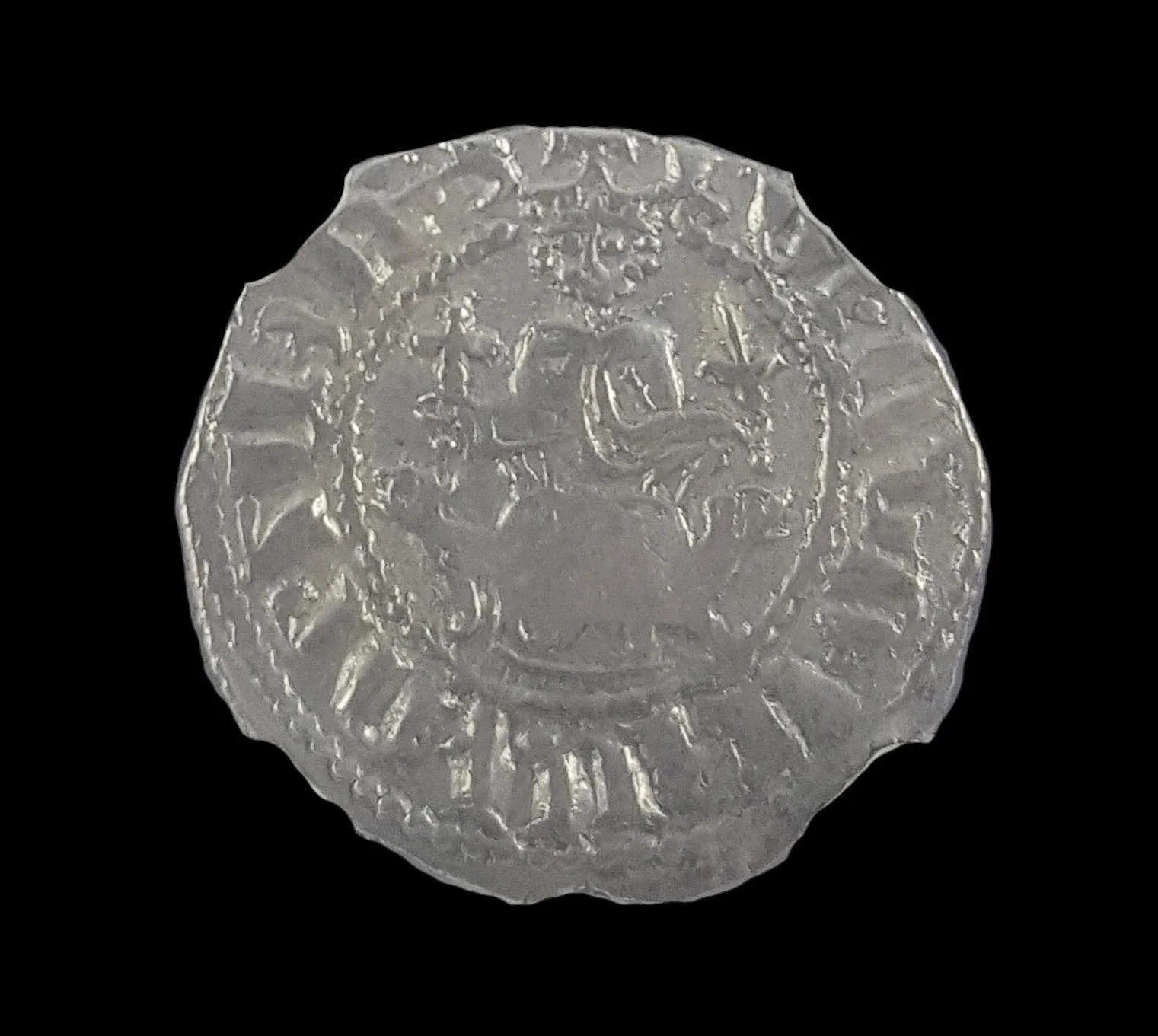 Image 1 of 4
Image 1 of 4

 Image 2 of 4
Image 2 of 4

 Image 3 of 4
Image 3 of 4

 Image 4 of 4
Image 4 of 4





King Levon I – Authentic Medieval Christian Silver Coin (NGC Certified • 800+ Years Old)
The coins shown are representative examples of the grade and type, but not the actual specimens for sale. For details on NGC’s grading standards and definitions, please refer to our NGC Grading page.
This is a silver coin from medieval Armenia during the reign of King Levon I, representing the height of the Cilician Armenian Kingdom when it became a significant political entity between the Byzantine and Islamic worlds.
Coin Description:
Front side (Obverse): Depicts King Levon I enthroned, showing him as a powerful monarch
Back side (Reverse): Features two lions and a cross, symbolizing royal power and Christian faith
Technical Details:
Silver composition (AR)
Tram denomination (standard Armenian medieval currency)
Certified by NGC with grade AU (About Uncirculated)
Minted during 1198-1219 CE
Historical Significance: This coin was issued during the reign of Levon I (also known as Leo I), who transformed the Armenian principality of Cilicia (in modern southern Turkey) into a proper kingdom. Levon received his crown from both the Holy Roman Emperor and the Byzantine Emperor, establishing Armenia as a recognized Christian kingdom during the Crusader era. His coronation in 1198 marked the beginning of a new Armenian royal dynasty in Cilicia after the fall of the earlier Armenian kingdoms to Turkish and Byzantine forces. These coins represent Armenia's position as an important trade hub between East and West, as well as its status as one of the few independent Christian states in a region increasingly dominated by Islamic powers. The double lion motif on the reverse was a symbol of royal authority adopted from Byzantine tradition, while the cross emphasized Armenia's status as one of the world's first Christian nations.
The coins shown are representative examples of the grade and type, but not the actual specimens for sale. For details on NGC’s grading standards and definitions, please refer to our NGC Grading page.
This is a silver coin from medieval Armenia during the reign of King Levon I, representing the height of the Cilician Armenian Kingdom when it became a significant political entity between the Byzantine and Islamic worlds.
Coin Description:
Front side (Obverse): Depicts King Levon I enthroned, showing him as a powerful monarch
Back side (Reverse): Features two lions and a cross, symbolizing royal power and Christian faith
Technical Details:
Silver composition (AR)
Tram denomination (standard Armenian medieval currency)
Certified by NGC with grade AU (About Uncirculated)
Minted during 1198-1219 CE
Historical Significance: This coin was issued during the reign of Levon I (also known as Leo I), who transformed the Armenian principality of Cilicia (in modern southern Turkey) into a proper kingdom. Levon received his crown from both the Holy Roman Emperor and the Byzantine Emperor, establishing Armenia as a recognized Christian kingdom during the Crusader era. His coronation in 1198 marked the beginning of a new Armenian royal dynasty in Cilicia after the fall of the earlier Armenian kingdoms to Turkish and Byzantine forces. These coins represent Armenia's position as an important trade hub between East and West, as well as its status as one of the few independent Christian states in a region increasingly dominated by Islamic powers. The double lion motif on the reverse was a symbol of royal authority adopted from Byzantine tradition, while the cross emphasized Armenia's status as one of the world's first Christian nations.



















